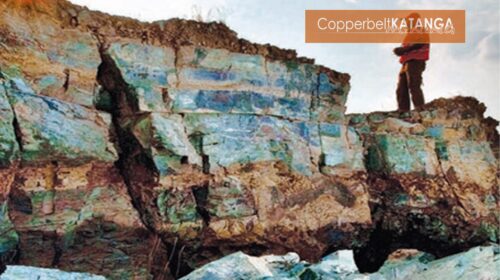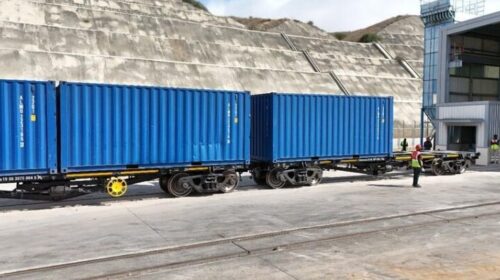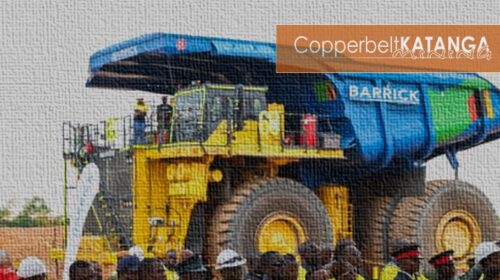Why Cost savings aren’t all they seem in the mining industry
Sumit Sharma, Managing Director of Industry 4.0 at Accenture Australia, explains the reason why cost savings aren’t all they seem in the mining industry.
Mining companies are awash with isolated digital projects that appear to be delivering benefits. But appearances can be deceptive. Understanding the true impact of a digital project requires miners to focus on value by mastering the “Golden Thread” – the flow of data that runs through all the situations and contexts with which each asset interacts.
The concept of the “connected mine” is very well established. In an ideal world, operators will be able to monitor the full pit to port plethora of mine, plant, product and machine performance as a whole.
At this point, the theory goes, bucket loads of data from multiple sources will come together, driving real time mine dashboards, unearthing trends and fuelling a plethora of applications, operational alerts and tracking with advanced analytical capabilities.
Only now will you have the operational visibility needed to optimise your end-to-end value chain, drive out costs and improve safety. Only now will you be able to institute campaign maintenance on a large scale, making better and better decisions because you’re looking at the whole fleet of equipment across multiple sites.
But turning this compelling idea into a reality is proving challenging. Some mines already have millions of “tag points” across their sites, yet information from these solutions remains siloed at the site or business unit level. Similarly, most mining companies have lots of proof-of-concept solutions at a single process level, but few are deploying these at scale or, critically, as part of a whole-of-operations view.
As a result, many isolated data analytics projects deliver what appear to be benefits, but in fact simply kick the cost, or the risk, down the road to the next shift – or another part of the business. Take an example of a dispatch foreman hauling a record tonnage on her shift by optimising the dispatch of trucks. That is great for the foreman, but if that increased haulage puts additional pressure on the plant capacity or is done at a cost of increased wear on the machines or increased fuel-burn the nett-value could be negative.
(It’s great that your siloed project saved $100K, as long as your solution didn’t just unload the cost to next activity in the mining value chain. )
Let’s push for “intelligence everywhere”
It’s not until mine operators have access to every piece of sensor information – in context – that the Golden Thread can link together asset data and operations to support better decisions. The missing piece of digital is getting all the data from each sensor in a useful insight to people on the ground, so they can operate efficiently and safely – and get more tonnage from the mine.
Right now, those with access to data rarely know the answer to these critical questions:
- Can I trust what I’m looking at? Is data quality up to scratch? Do your people have one source of truth that they can rely on, presented in the right format at the right time?
- Do I have all the relevant contextual information? Can you enrich data with information from other sensors?
- What is my next best action? Are you using intelligence so operators only have to deal with exceptions and find it easy to know what to do?
- If I execute, do I understand the consequences at scale? If I make a simple change – perhaps increasing the heating value from the reservoir – what is the financial impact on the entire plant?
When a global oil and gas company used a Golden Thread to connect their whole value chain from reservoir to shipping, they achieved 100x ROI. This result came from attacking the project in three phases:
- Prepare information and connect the dots – At around six months, this was the longest phase. Importantly, the client got immediate benefits from getting access to enterprise-wide information. Marketing gained confidence in production predictions, enabling the company to sell additional cargo. Maintenance optimised down time and was able to make better decisions based in gas quality – rather than reacting to changes coming from the reservoir.
- Build in more intelligence – This took three months. The client used machine learning and analytics to predict and solve issues such as bottlenecks and other inefficiencies.
- Automate – The final three months saw mass automation, enabling decisions to be taken at the equipment level – without having to run management of change processes. This was where the value became exponential.
Break down the silos and connect the dots
To gain the visibility and control they need, mining companies must push beyond single-site, “Industry 4.0” digitisation efforts and optimise their entire production, workforce and value chain networks. This requires a technology partner who can:
- Understand the end-to-end impact of operational mining information – for example, to remove variability across plant feed, reduce the dilution of concentration, reclaim flow rate optimisation or reducing stockpile quantities.
- Apply the right technology without making it complex – for example, using 3D mapping of stockpiles to optimise grade and tonnage accuracy, using a high-precision GPS system to accurately position drills, shovels, loaders and dozers, or applying additional IIOT sensors to get more accurate and more granular data.
- Fit the information into a service design operating model that brings relevant information, in context, for each mining role – for example, operating by exception, with persona-based KPIs around pit to port, maintenance and operations.
To make a step-change in efficiency, flexibility and safety, mining organisations need to take a broad view of data. By connecting a Golden Thread of data enterprise-wide, mining operations will be able to measure value accurately, invest in the right projects and finally start reaping the rewards of digital operations.
17 total views , 1 views today





